A total lunar eclipse was visible across the United States on Thursday night and early Friday, with the moon appearing a deep reddish color as it passed through the Earth’s shadow.
The eclipse began around midnight ET, with totality — when the Earth’s shadow fully covers the moon — lasting just over an hour, from 2:26 a.m. ET 3:32 a.m. ET, according to Earth Sky. The full process continued until around 6 a.m. ET.
The eclipse was visible across most of North and South America, as well as the western halves of Africa and Europe, the eastern parts of Australia and Russia and northern Japan.
A total lunar eclipse occurs when the sun, Earth and moon align in space with Earth in the middle, leading it to cast a shadow on the moon.
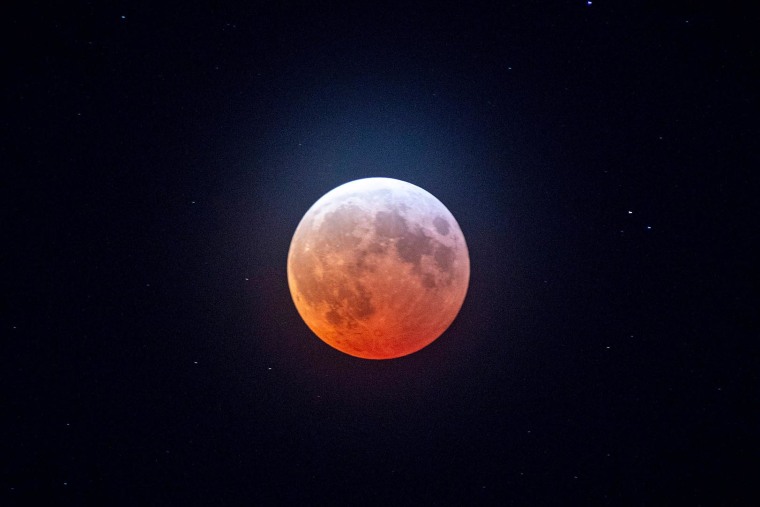
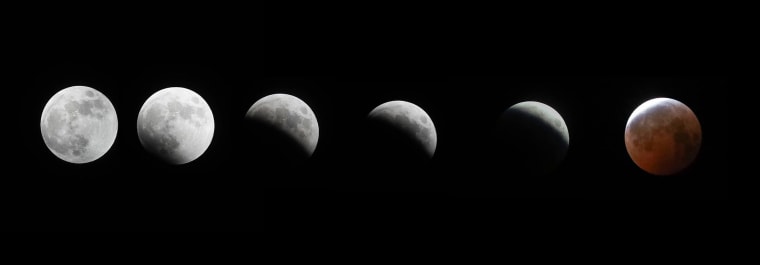
During that time, the moon appears to turn a reddish hue, which is why the event is sometimes referred to as a “blood moon.”
The reason has to do with the way sunlight travels through Earth's atmosphere. Blue light, which has shorter wavelengths, scatters more easily, whereas the longer wavelengths of red light make it more likely to pass through. (The same process also explains why sunsets appear orange and the sky blue.)
Unlike solar eclipses, all stages of a lunar eclipse are safe to view with the naked eye. Although binoculars and telescopes enhance the view, it’ll be easily visible without them.
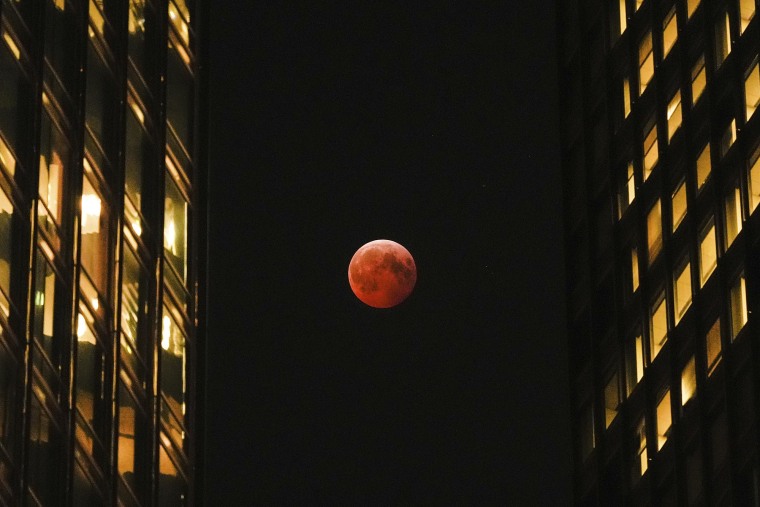
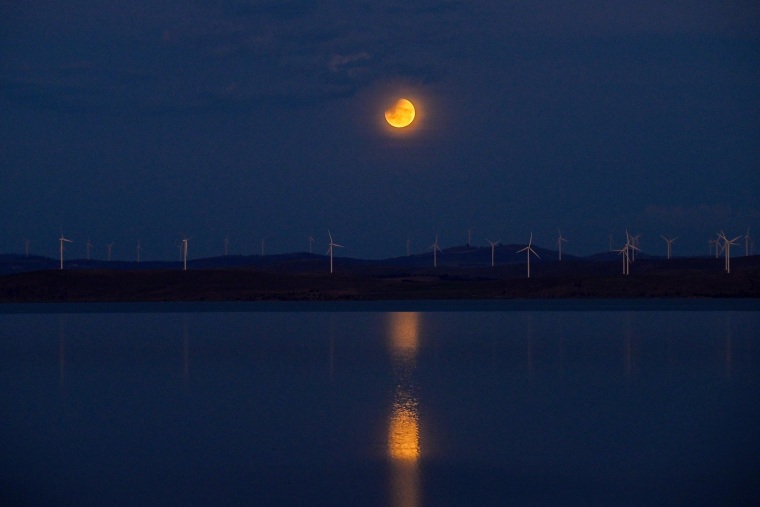
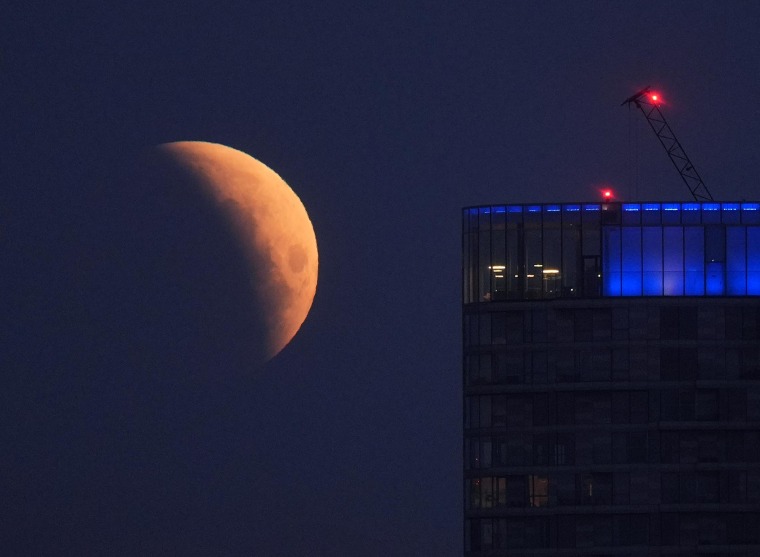
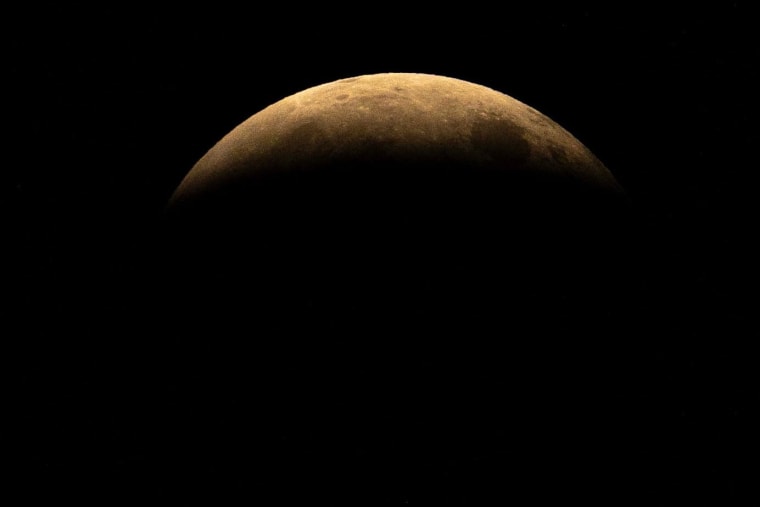
For those who missed the celestial event, the next total lunar eclipse will occur on Sept. 7, followed by another on March 3, 2026.
Total lunar eclipses are less common than partial ones, which happen up to three times per year. Neither of the two lunar eclipses in 2024 were total — the last was in 2022.
